Description
Crafted with meticulous attention to detail, the Homo rhodesiensis fossil model would accurately represent the hominin’s skeletal structure, cranial morphology, and other anatomical characteristics. Homo rhodesiensis is characterized by a combination of primitive and derived traits, sharing features with both earlier hominins and later Homo sapiens.
The model would showcase a robust mandible, large brow ridges, a distinct cranial shape, and other traits that differentiate Homo rhodesiensis from other hominins. The facial features and dental characteristics would be accurately reproduced to reflect the unique aspects of this species. The model would also highlight postcranial elements to provide insights into Homo rhodesiensis’ locomotion and adaptation to its environment.
Constructed from durable, museum-quality materials, the Homo rhodesiensis fossil model would serve as an important educational tool for researchers, educators, and enthusiasts in the field of paleoanthropology. It would contribute to a deeper understanding of the evolutionary history and relationships within the Homo genus in Africa during the Middle Pleistocene.
The Homo rhodesiensis fossil model’s accurate representation of the hominin’s physical characteristics, combined with its paleoenvironmental context and ecological significance, would offer insights into the adaptive strategies and evolutionary pathways of this ancient human species. Its meticulous design and scientific accuracy make it a valuable addition to museum exhibits, educational displays, and private collections, providing a visual narrative of the evolutionary trajectory of Homo rhodesiensis.

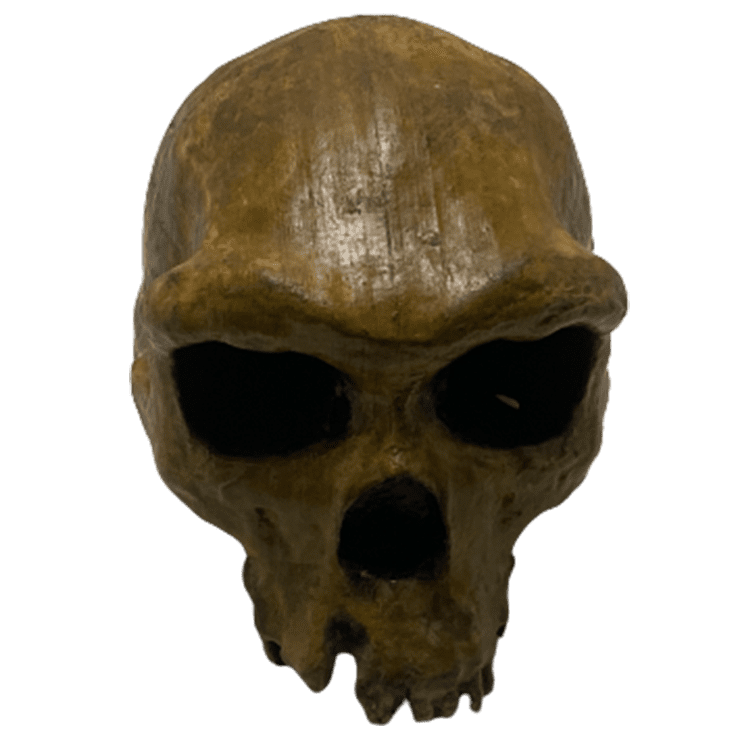
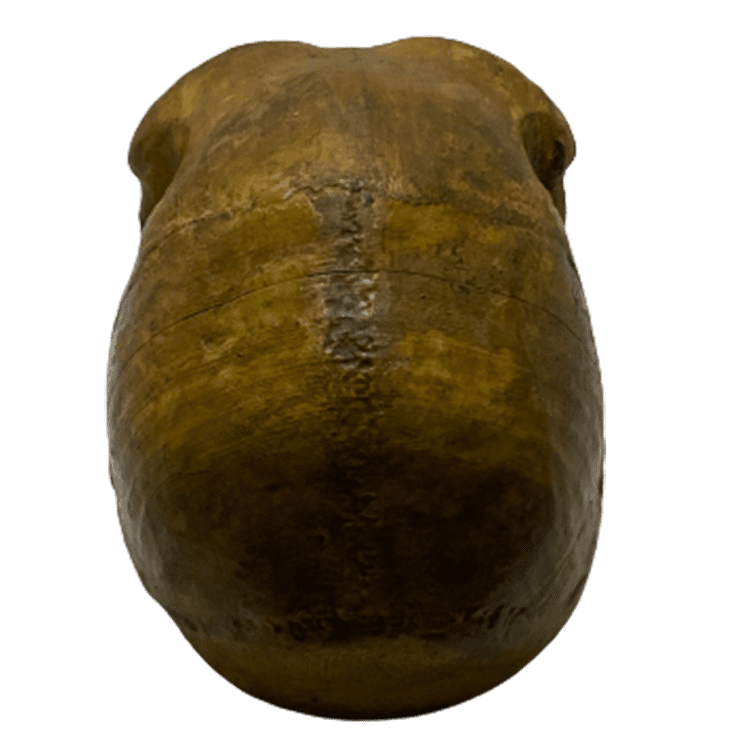
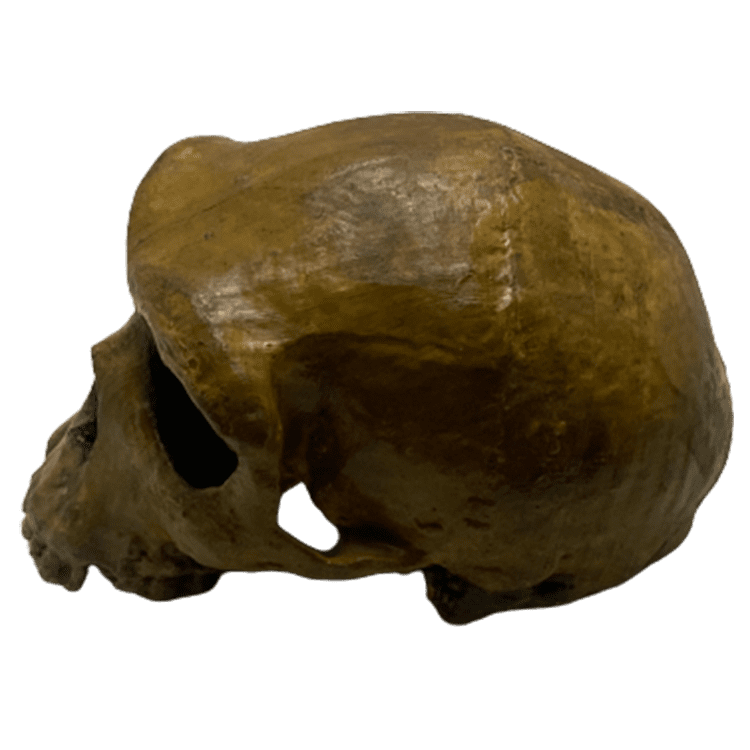
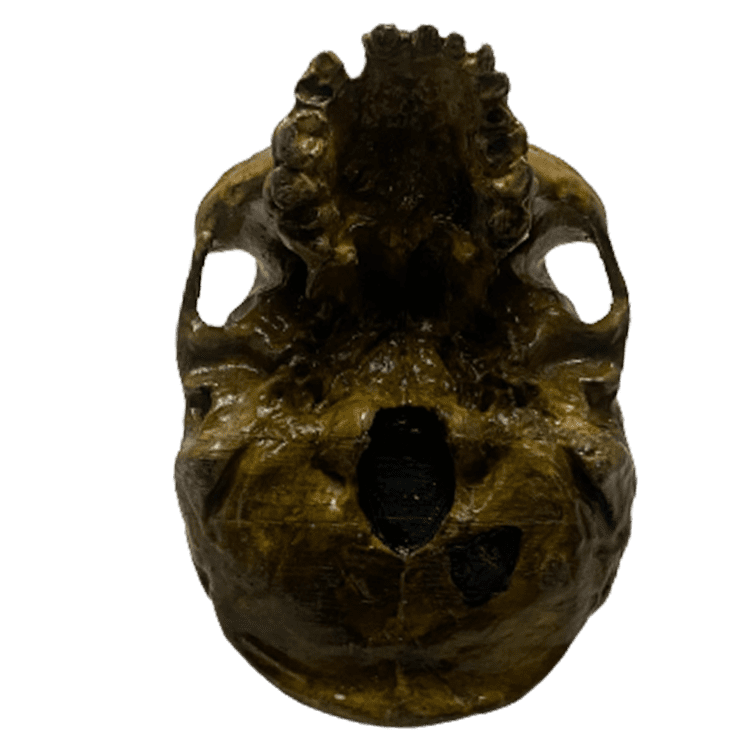
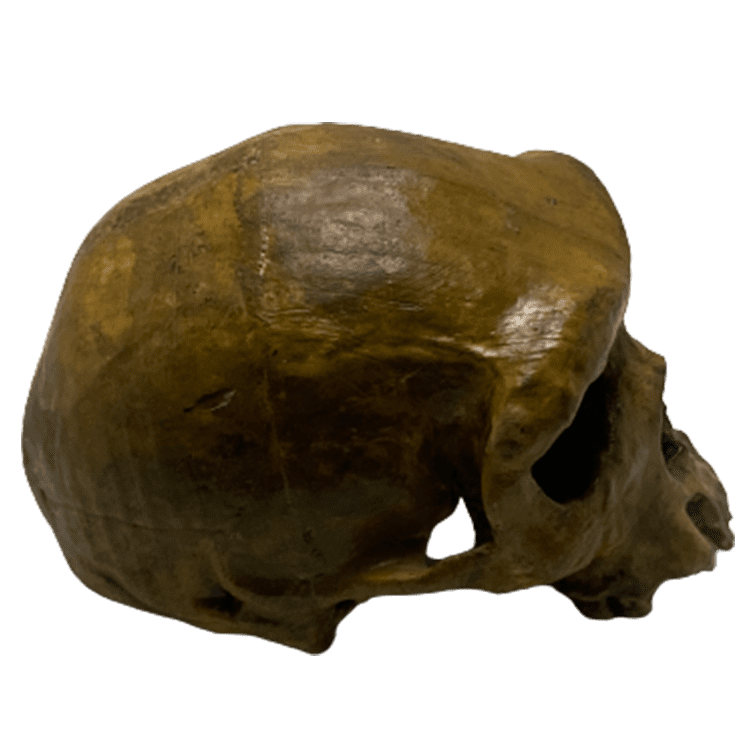
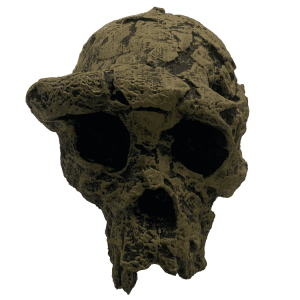
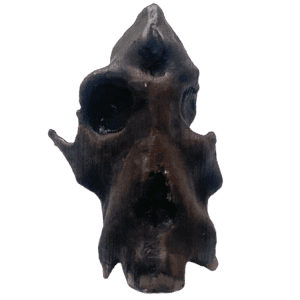
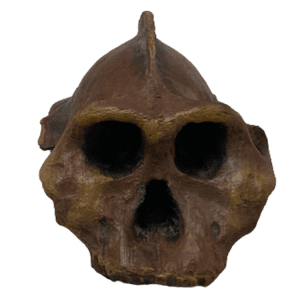
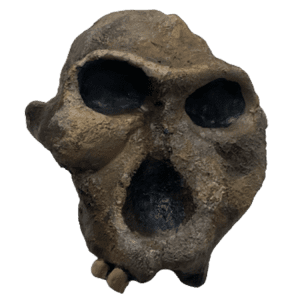
Reviews
There are no reviews yet.